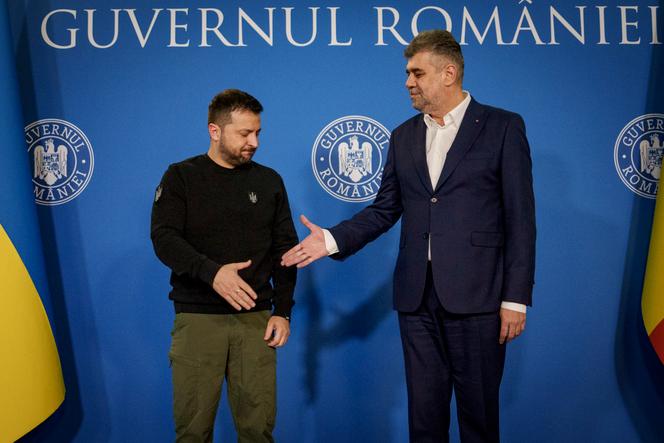


As the conflict between Russia and Ukraine becomes a long-term one, the link between the front lines and the "strategic rear" is taking on even greater importance. In November 2023, a road blockade set up by Polish truckers' unions on the routes leading to Ukraine exposed the vulnerability of the main logistics pathway between the country and its allies.
As a result, the Romanian press reported at the beginning of January that the authorities are now pulling out all the stops to complete a new freeway linking Bucharest to the Ukrainian border. The resources being deployed are considerable. Construction work continues around the clock, despite winter weather conditions, involving around 3,000 employees and hundreds of specialized machines. The news website Ziarul de Vrancea described the project as "a freeway built in a hurry," intended to open for traffic in the summer of 2024.
Financed by European funds, the "A7" freeway project, which began in 2013, has made slow progress. Only a few segments have been completed along the 450 kilometers separating Bucharest from the northern border town of Siret. The A7 will eventually connect Romania to the Ukrainian motorway network, and in particular to the capital, Kyiv.
Currently, the Romanian roads linking the two countries are made up of two-lane main roads in fair condition, insufficient for the volume of heavy trucks moving traffic in both directions. One trunk road can carry 1,500 trucks or 5,000 cars a day. As an indication, 1,000 trucks are needed to replace a grain ship, the traditional means of transporting Ukrainian agricultural production, which is currently being hampered by Russia's attempted blockade of the Black Sea. A four-lane freeway would increase transport capacity sixfold, easing cross-border traffic congestion. This would not only benefit Romanian drivers but also offer alternative routes for delivering military aid. A boon for the economies of both countries.
For geographical and economic reasons, the main freeways linking the European Union to Ukraine pass through Poland. The Black Sea and Ukrainian airspace are virtually closed due to the Russian military threat. Slovakia and Hungary, other NATO countries with a land border with Ukraine, pose two problems. Firstly, their roads cross the mountainous barrier formed by the Carpathian range. Secondly, the governments of both countries have adopted a pro-Russian stance openly hostile toward providing military support for Ukraine.
You have 55% of this article left to read. The rest is for subscribers only.
